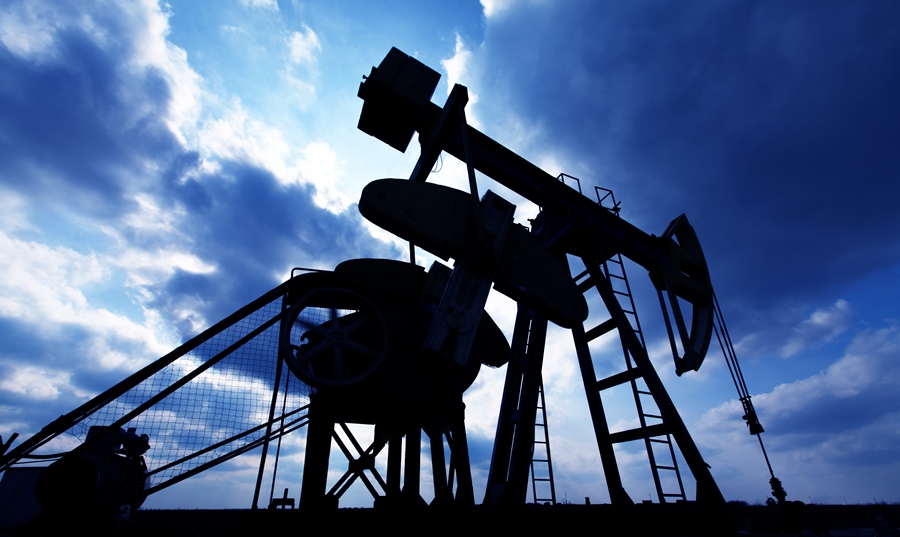Session Chair:
Vinod Venkatakrishnan, Shell
Session Description:
This session will feature talks approaching key aspects of process intensification as it applies to process development and research. More information on this session will be available soon.
Schedule:
| PRESENTATION | SPEAKER |
| Process Intensification for Energy Applications |
Costas Tsouris, Oak Ridge National Laboratory |
|
Bond Calloway, Savannah River National Laboratory |
|
| "Countless Possibilities" of What P.I. Can Do |
Zhijun Jia*, CompRex LLC |
Abstracts:
Process Intensification for Energy Applications
This presentation will discuss potential benefits of process intensification approaches based on recent advances in the field. Examples of a variety of process intensification techniques and devices will be drawn from the author’s research on specific chemical engineering applications. For instance, enhancement in transport rates in multiphase systems can be achieved by directly disrupting the interface via an externally applied field, rather than providing energy to the bulk fluid. Such an external field can be electric, magnetic, microwave, high gravity, etc. Electric fields, for example, have been employed to disrupt gas-liquid and liquid-liquid interfaces to form high surface area per unit volume for enhanced mass transfer and chemical reaction in multiphase systems. Electrostatic spraying, pumping, mixing, and phase inversion, as well as an electrohydrodynamic micromixing reactor developed at the Oak Ridge National Laboratory (ORNL) for fine particles production and water treatment, will be discussed. Multiphase reactive systems are very common in industrial applications. A multiphase reactive system was also the solution of effective storage of CO2 in the deep ocean. A three-phase gas-hydrate reactor operating at relatively high pressure was developed for CO2 injection in mid-ocean depths. This reactor forms a fine dispersion of liquid CO2 with surrounding seawater at ocean depths at which the thermodynamic conditions favor solid gas-hydrate formation. The solid hydrate material is denser than surrounding seawater and sinks to the bottom of the ocean. The reactor was successfully demonstrated off the coast of Monterey Bay, CA. Another approach to process intensification is combining unit operations, such as reaction and separation, in one system. An example of such a system is the centrifugal contactor developed at national laboratories for nuclear-energy related separations by liquid extraction. This liquid-liquid contactor has been modified into a system that can perform multiphase reaction and phase separation in one process. The combined reactor/separator has been demonstrated for the continuous production and separation of biodiesel. The same system is currently employed for the separation of the aqueous and organic components of bio-oil produced via biomass pyrolysis. The presentation will conclude with a discussion of current needs for advanced chemical processing for energy and other industrial applications.
European Efforts in Process Intensification
European Union (EU) efforts to develop Process Intensification (PI) for the chemical industry have been more focused and organized than US efforts. The Savannah River National Laboratory (SRNL) is currently applying Process Intensification and Smart Manufacturing (SM) to several initiatives within the DOE nuclear chemical enterprise. In order to leverage the expertise developed by the European chemical industry, site visits were made to the leading consortia and chemical companies to identify technology available within the European chemical industry that can be applied to accelerate the US Department of Energy Environmental Management (DOE-EM) mission. European efforts in Process Intensification have evolved from a “toolbox” of technologies approach to a more fundamental multi-disciplinary approach involving both scientists and engineers. Summary finding and conclusions from SRNL’s efforts to investigate European efforts in Process Intensification will be presented.
"Countless Possibilities" of What P.I. Can Do
Process intensification (PI) options can be categorized into four levels: molecular level (e.g. novel catalysts and materials), phase level (e.g. innovative solvents), process unit level (e.g. compact, efficient equipment) and plant level (e.g. integration, new operating modes). PI covers innovative activities from lab, bench, and pilot scale up to industrial scale. At each scale experimental activities are complemented by modeling, simulation and optimization.
This presentation intends to highlight some attractive examples and activities regarding pilot scale and industrial applications in order to encourage researchers and engineers to reconsider these options in process development and commercial applications. By applying PI technology a process can, e.g., be enhanced for better conversion, yield, selectivity or efficiency. Compact devices such as compact reactors or compact heat exchangers, or the combination of more than one unit operation into a multifunctional device, such as catalytic distillation, can be mentioned as promising examples for PI.
Applying such PI options offers great potential to reduce CAPEX and OPEX for industrial applications. One example that will be discussed in more detail is the application of a compact heat exchanger reactor that has been used in the Fisher-Tropsch (FT) process to convert syngas to liquid fuel with a commercial catalyst at bench scale. The results suggest that the length of the reactor can be reduced from 40’ down to 4’, which means the catalyst inventory can accordingly be minimized. At the same time, the catalyst lifetime can be prolonged owing to the even temperature distribution in the compact heat exchanger reactor. Consequently, the efficiency of the process could well be improved, which makes the small scale FT process economically viable.
We hope that such examples and activities will stimulate researchers and engineers even more to come up with new ideas and concepts for the countless possibilities and opportunities for PI.

